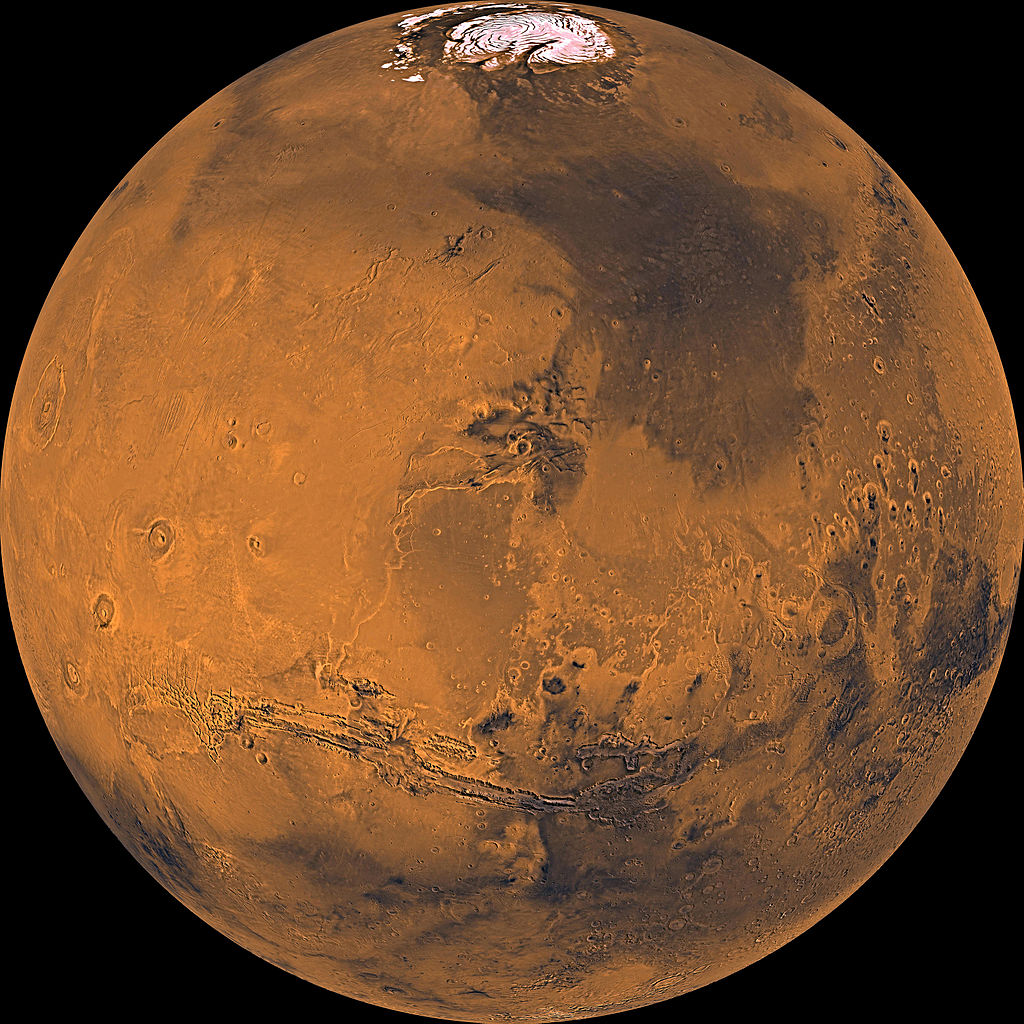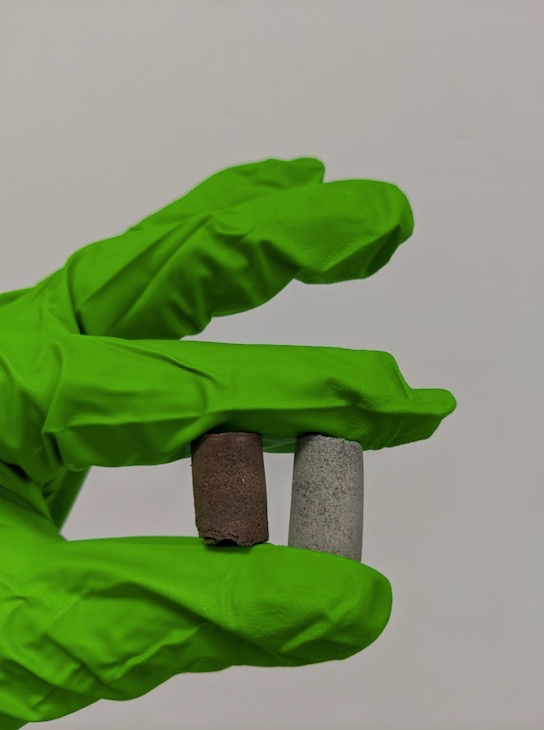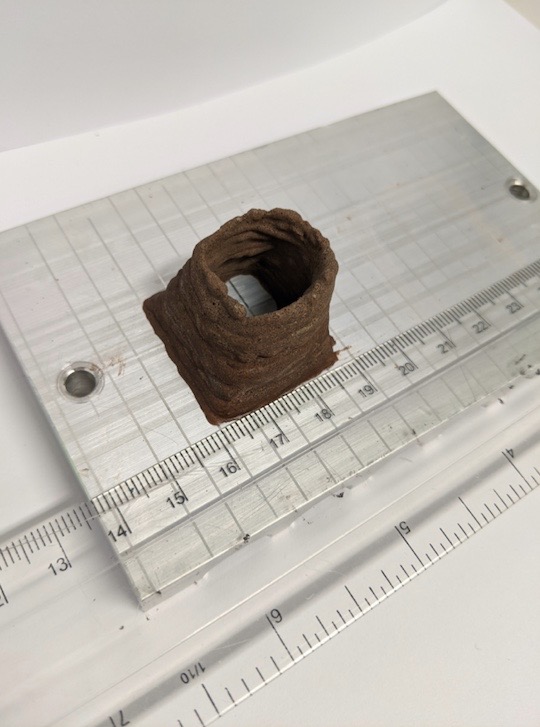
Settlements on the moon and Mars could grow thanks to the blood, sweat and tears of pioneering astronauts — literally.
Getting a lasting foothold on other worlds will require living off the land, NASA officials and exploration advocates stress; hauling from Earth everything a human outpost needs would be far too expensive and time-consuming.
So researchers are investigating ways to grow crops, produce rocket fuel and build structures with off-Earth materials. A new study suggests an intriguing possibility on the building front: Hardy bricks can be made by combining lunar or Martian dirt with a protein found in human blood and a compound called urea from sweat, tears or urine.
Related: How living on Mars could challenge colonists (infographic)

"Scientists have been trying to develop viable technologies to produce concrete-like materials on the surface of Mars, but we never stopped to think that the answer might be inside us all along," study lead author Aled Roberts, a researcher at the University of Manchester in England, said in a statement.
Roberts and his colleagues made experimental concrete in the lab with simulated lunar and Martian dirt, using human serum albumin (HSA), a common protein in blood plasma, as a binding agent. The idea didn't come out of left field; animal blood has been used as a mortar binder by many cultures over the centuries.
The resulting "extraterrestrial regolith biocomposites" (ERBs) were about as strong as ordinary concrete, the scientists report in the new study, which was published online last week in the journal Materials Today Bio.
Get the Space.com Newsletter
Breaking space news, the latest updates on rocket launches, skywatching events and more!
The scientists investigated the mechanisms involved, ultimately determining that the HSA proteins denature when mixing with the extraterrestrial simulant, "curdling" in a way that binds the materials together.
"The concept is literally blood-curdling," Roberts said.

He and his colleagues also found that adding urea to the mix supercharged the ERBs, making them substantially stronger than concrete. These exotic biocomposites can potentially be 3D-printed, easing their manufacture on the surface of distant worlds, the researchers said.
And such work could help house additional settlers, in a positive feedback loop that could make a big difference down the road, they added.
"If HSA-ERBs were utilized as a mortar and combined with a sandbag-based construction method, our calculations suggest that each crewmember — over the course of a 72-week Mars mission — could produce enough HSA to construct habitat-space to support an additional astronaut," the scientists wrote in the new study. "This could allow the steady expansion of a nascent Martian colony."
Harvesting the HSA would require collecting astronauts' blood (or that of other mammals, should there be any in the settlement) on a regular basis. That's a potentially burdensome intervention, especially considering the stressors that settlers on the moon or Mars would already be experiencing (higher radiation doses and the psychological effects of isolation, for example). Further research into the impact of regular astronaut blood donation is therefore needed to vet the concept, the researchers stressed.
"Despite this, we believe that HSA-ERBs could potentially have a significant role in a nascent Martian colony, but will eventually be superseded by versatile bioreactors or other technologies as they mature," they wrote in the study.
Mike Wall is the author of "Out There" (Grand Central Publishing, 2018; illustrated by Karl Tate), a book about the search for alien life. Follow him on Twitter @michaeldwall. Follow us on Twitter @Spacedotcom or Facebook.
Join our Space Forums to keep talking space on the latest missions, night sky and more! And if you have a news tip, correction or comment, let us know at: community@space.com.

Michael Wall is a Senior Space Writer with Space.com and joined the team in 2010. He primarily covers exoplanets, spaceflight and military space, but has been known to dabble in the space art beat. His book about the search for alien life, "Out There," was published on Nov. 13, 2018. Before becoming a science writer, Michael worked as a herpetologist and wildlife biologist. He has a Ph.D. in evolutionary biology from the University of Sydney, Australia, a bachelor's degree from the University of Arizona, and a graduate certificate in science writing from the University of California, Santa Cruz. To find out what his latest project is, you can follow Michael on Twitter.









